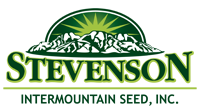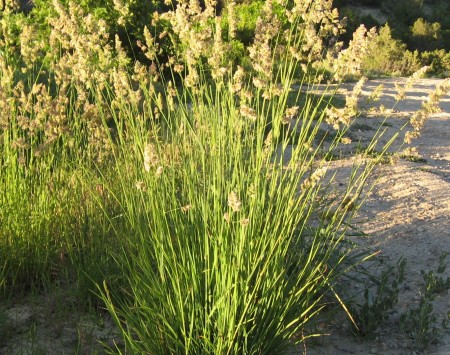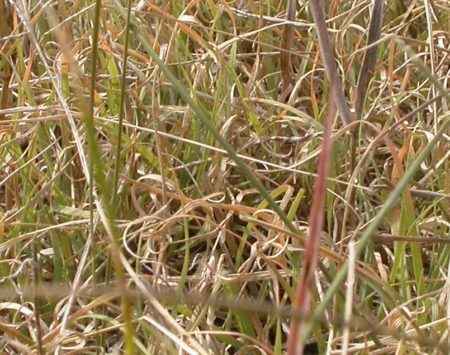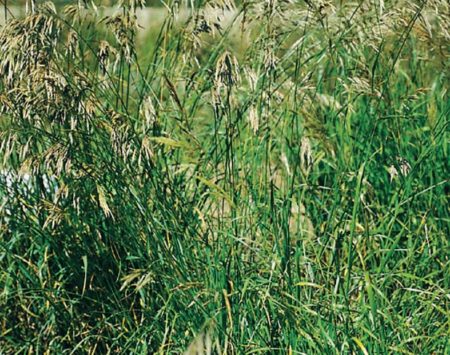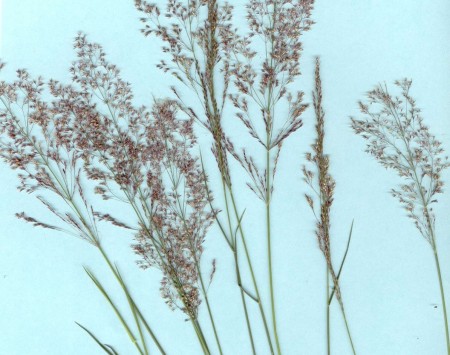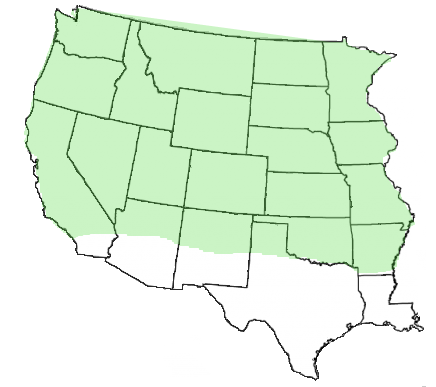 Dactylis glomerata,
Dactylis glomerata,
Orchardgrass (Introduced)
Medium to tall, 2 – 4 ft., long-lived, cool-season bunchgrass, sometimes with short rhizomes. Adapted to all soil textures but does best on deep, well-drained, medium to fine-textured soils. Fair tolerance to acid and alkali. Highly palatable, good producer, moderately tolerant of close grazing. Remains green with sufficient moisture and recovers quickly after grazing. Very valuable for range, pasture and wildlife habitat improvement where moisture is sufficient. “Paiute” is a dry-land type of orchard grass and more drought-tolerant. Minimum precip. for Paiute is 10 – 12 inches. Minimum precip. for other varieties is 16 inches. Plant fall or spring ¼ – ½ inch deep. 540,000 seeds/lb.
Named Releases: ‘Latar’ (Cultivar) Released in 1957. Late maturing, high digestibility, high quality forage, abundant forage producer.
‘Paiute’ (Cultivar) Released in 1983. Developed to be more drought-tolerant than other orchard grasses and can be used at the 12-16 inch precip. level at elevations above 6,500 ft. Valuable for good forage production on more arid-type habitats.
‘Potomac’(Cultivar) Released 1954. Productive, persistent, rust resistant cultivar with good yield but matures too early to be compatible with alfalfa for hay production.
USDA: Plant Profile | Plant Guide | Fact Sheet
